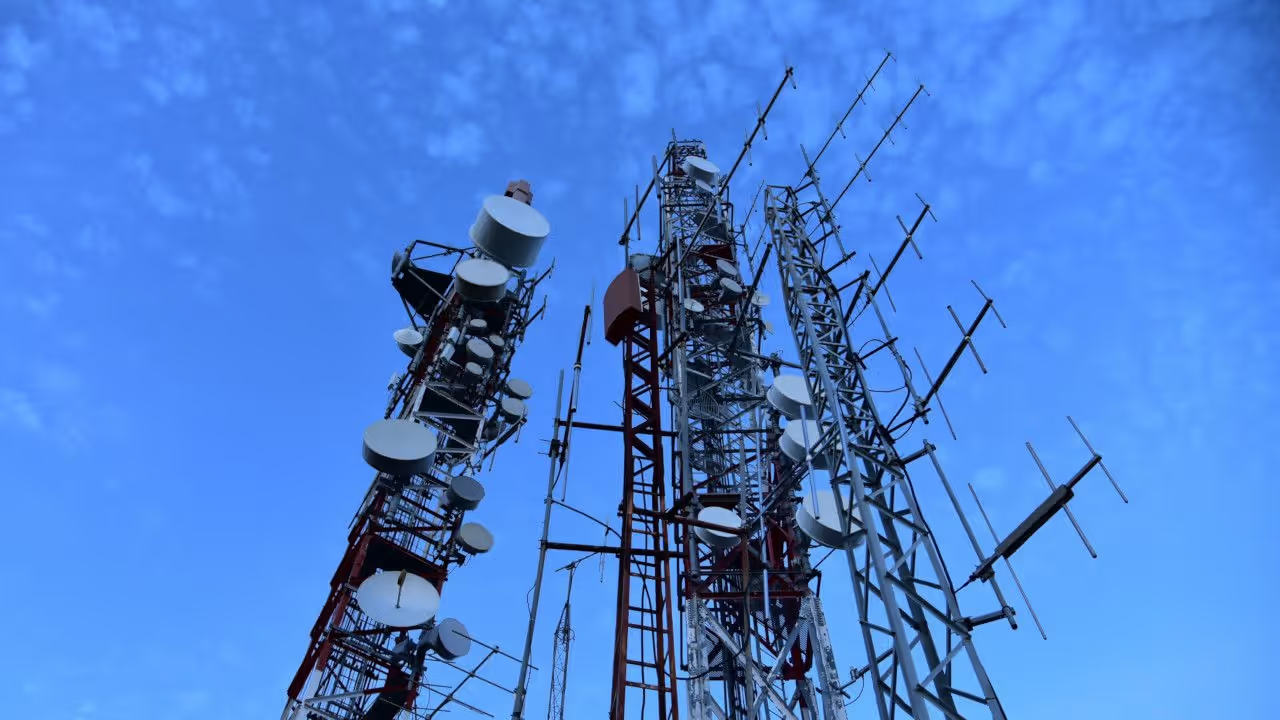
GSMA Report Claims mmWave is Key to Unlocking the Benefits of 5G
A new report from the GSM Association (GSMA) predicts that 5G connectivity based on millimetre-wave (mmWave) frequencies will be responsible for adding around £458 billion to global gross domestic product (GDP) and a further £120 billion to tax revenues from 2020 to 2034 - but only if governments support it with sufficient spectrum.
In the GSMA report, Socio-Economic Benefits of 5G Services Provided in mmWave Bands, mmWave is highlighted as being key to carrying high-capacity 5G services with the highest data rates and lowest latencies, supporting new use cases not currently possible on previous-generation cellular infrastructures. These, the report details, include everything from ultra-fast mobile broadband for consumers through to industrial automation, improved telemedicine, always-on remote sensors, remote object manipulation systems, drones, and even autonomous transportation.
"The global mobile ecosystem knows how to make spectrum work to deliver a better future," claims Brett Tarnutzer, head of spectrum at the GSMA. "Mobile operators have a history of maximising the impact of our spectrum resources and no one else has done more to transform spectrum allocations into services that are changing people’s lives. Planning spectrum is essential to enable the highest 5G performance and government backing for mmWave mobile spectrum at WRC-19 will unlock the greatest value from 5G deployments for their citizens.
"More than 5 billion people already rely on the mobile ecosystem to deliver services that are integral to their daily lives and fundamental to the economic sustainability of the communities they live in. 5G can offer more benefits and a whole new range of services to even more people, but this will not be possible without access to this vital spectrum."
The GSMA report recommends that governments work together on global harmonisation of the 26 GHz, 40 GHz, and 66-71 GHz bands for mobile connectivity use at the World Radiocommunication Conference 2019 (WRC-19); outside this event, the GSMA has also highlighted 28 GHz as an emerging frequency for mmWave use.
Lime Microsystems' is in support of increased use of mmWave frequencies highlighted by the GSMA report, with a product roadmap covering frequencies all the way to 100 GHz. The GSMA report, meanwhile, is available here (PDF warning).